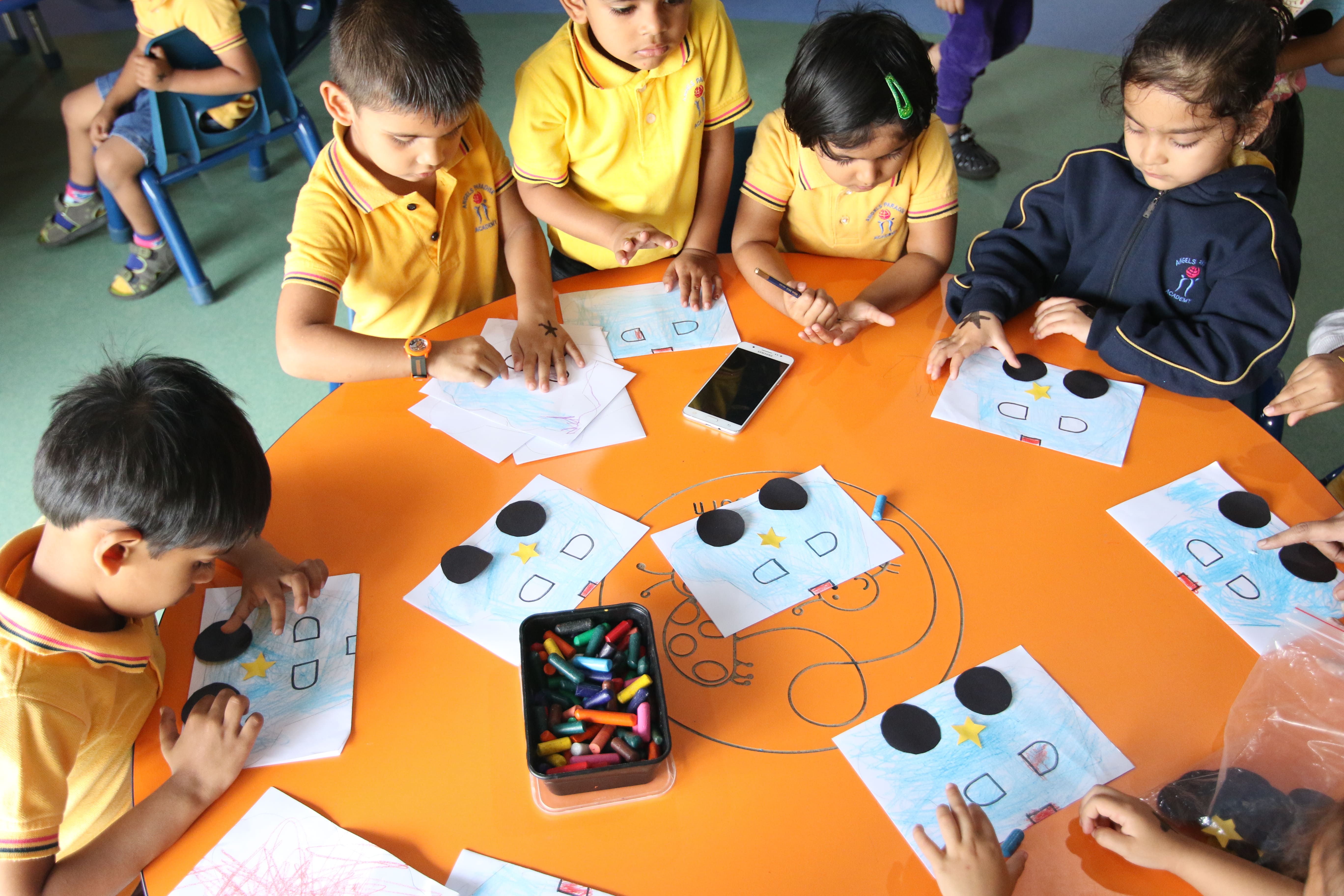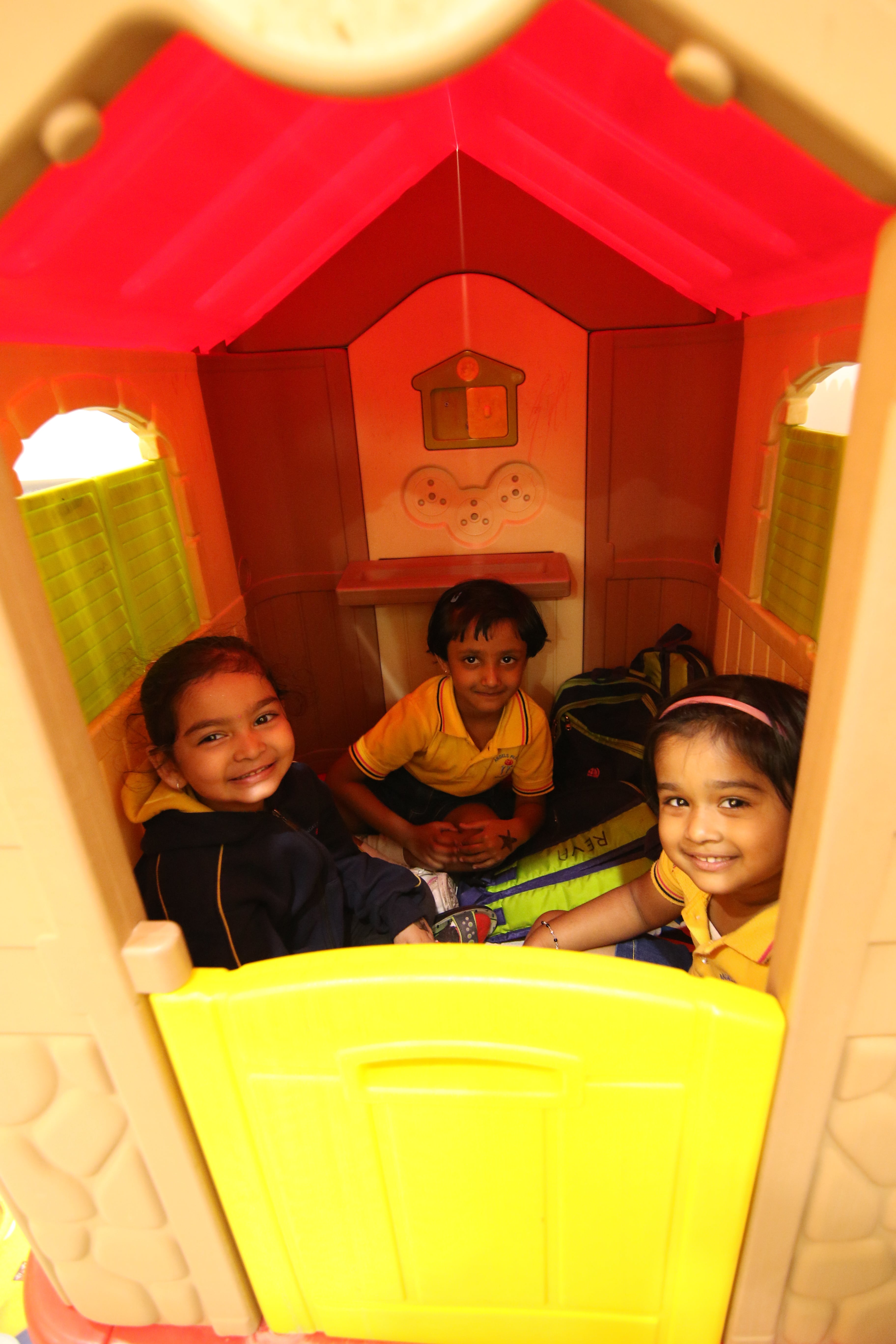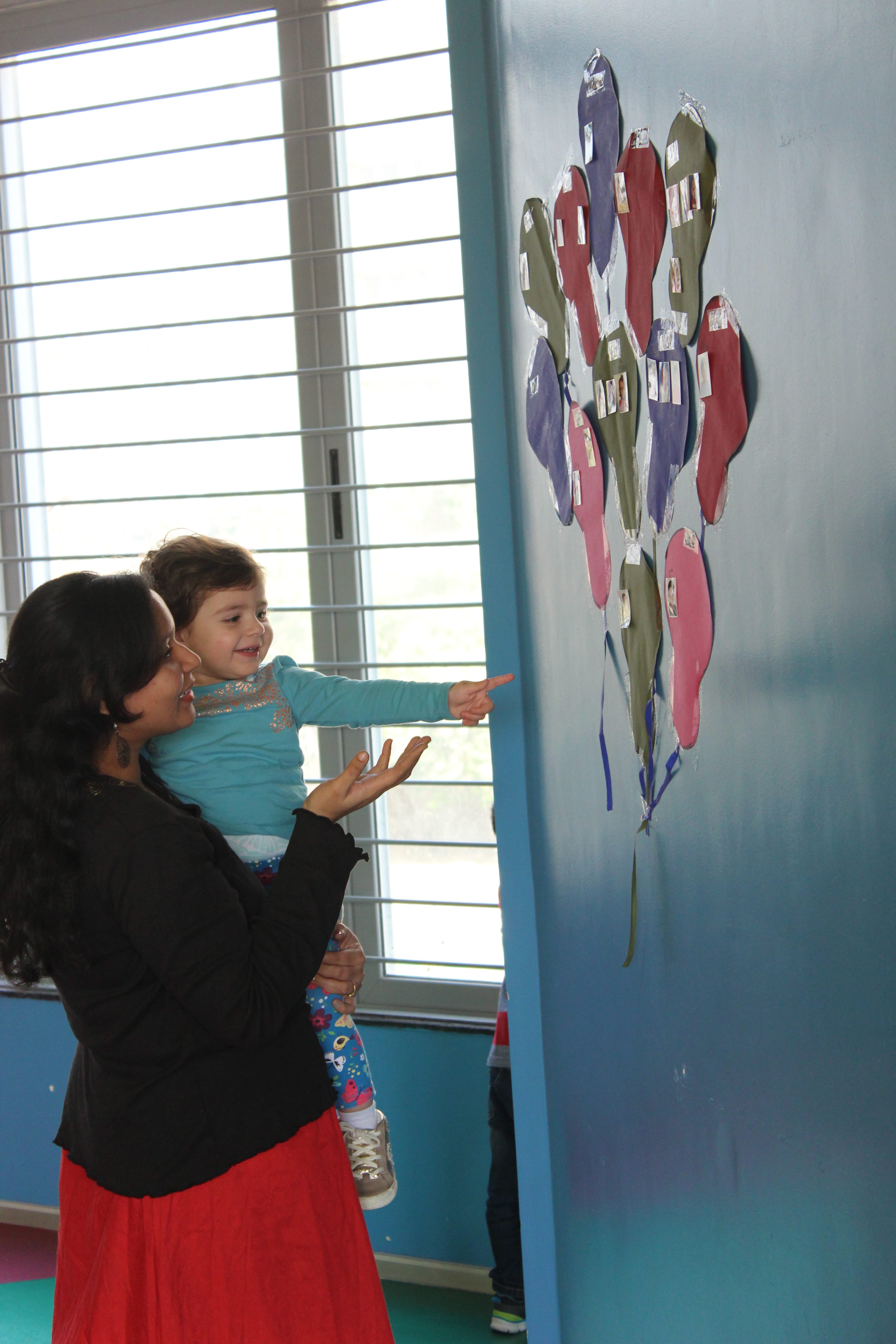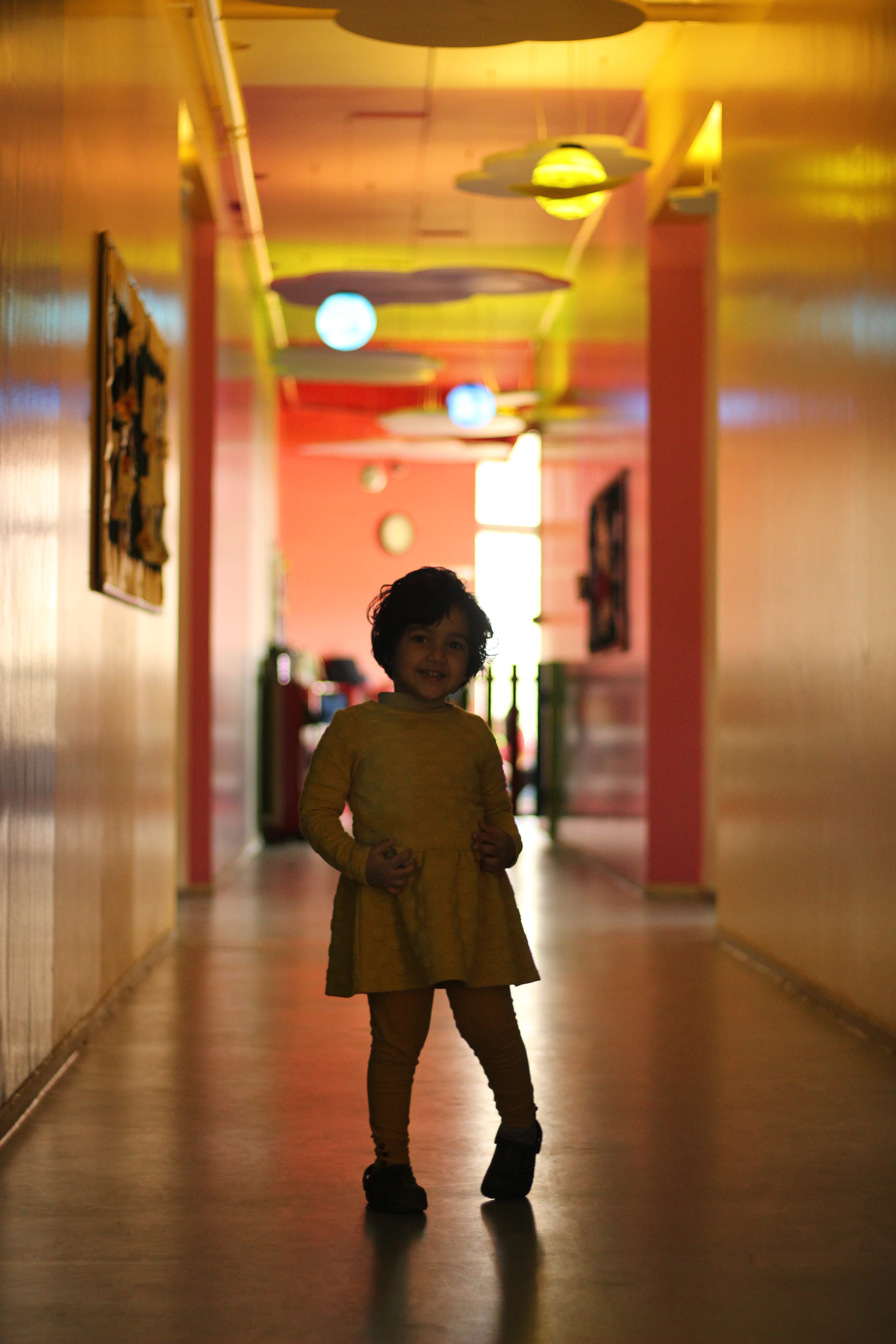
8 Tips for Disciplining your Child
Imagine this: You’re at home, working at your desk. Your 3-year-old daughter comes up to you with her favorite book. She wants you to read to her. You tell her sweetly that you can’t at the moment, but will read to her in an hour. She starts to pout. Next thing you know, she’s sitting cross-legged on the carpet, crying uncontrollably. Many parents are at a loss when it comes to addressing their toddler’s temper tantrums. It may seem like you’re getting nowhere because your child is not listening to you.
So what should you do?
Temper tantrums are a normal part of growing up. They are your 3-year-old child’s way of expressing their frustrations when they don’t have the words or language to tell you what they need or feel. It’s more than just the “terrible twos.” It’s your toddler’s way of learning to deal with new challenges and disappointments.
There are ways you can respond to and prevent outbursts or bad behavior without negatively impacting your 3-year-old child and their development. Here are a few tips on effective ways to discipline your toddler.
Ignorance is the best policy
This may seem harsh, but one of the key ways of responding to your child’s tantrum is to not engage it. Let them know, firmly, that you are ignoring their tantrum because that behavior is not the way to get your attention. Tell them sternly but calmly that they need to use their words if they want to tell you something. They may not have the full vocabulary to tell you, even if they know the words, so encourage them in other ways. You can teach your toddler sign language for words like “I want,” “hurt,” “more,” “drink,” and “tired” if they are not speaking yet or not speaking clearly. Finding other ways to communicate can help cut down on outbursts and help you build a stronger bond with your child.
Walking away can be helpful
Understanding your own limits is part of disciplining your 3-year-old. If you feel yourself becoming angry, walk away. Take a breath. Remember that your child is not being bad or trying to upset you. Rather, they are upset themselves and can’t express their feelings the way adults can. Once you are calm, you will be able to appropriately discipline your child in a way that won’t be harmful.
Give them what they want on your terms
Your toddler grabs the container of juice and is trying hard to open it. You think to yourself that this is going to end badly. You could yell at your child and them to put down the juice. Instead, gently take the container from them. Reassure them that you will open the bottle and pour them a glass. You can apply this technique to other situations, like if they’re reaching for something in the cabinet or if they’re throwing their toys around because they’re having a hard time reaching the one they want. Lending a helping hand in this way lets them know they can ask for help when they’re having trouble instead of trying on their own and creating a mess. But if you don’t want them to have that item, use a soft voice to explain why you are taking it away and offer a substitute.
Distract and divert their attention
Our instinct as parents is to scoop up our child and move them away from whatever potentially dangerous object they’re headed toward. But that can trigger a tantrum because you are removing them from the thing they wanted.
A different method would be to distract and divert. Call their name to grab their attention. Once they’re fixated on you, call them over to you and show them something else they’ll like that is safe. This can also work during tantrums to distract them from what they’re upset about in the first place.
Think like your 3 year old
It’s easy to become upset when your child is making a mess. Today, they’ve drawn all over the walls with their crayons. Yesterday, they tracked in dirt from playing in the backyard. Now you’re left to clean up the dirt.
But try and think like your little one. They see these activities as fun, and that’s normal! They’re learning and discovering what’s around them. Don’t remove them from the activity, as it may trigger a tantrum. Instead, wait a few minutes and they’ll most likely go on to something else. Or you can join in and constructively guide them. For example, start coloring on some sheets of paper and invite them to do the same.
Help to explore
Your toddler, like all toddlers, wants to explore the world. Part of that exploration is touching everything under the sun. And you’re bound to become frustrated with their impulsive grabbing. Instead, help them figure out what is safe and not safe to touch. Try “no touch” for objects off-limits or unsafe, “soft touch” for faces and animals, and “yes touch” for safe items. And have fun thinking of other word associations like “hot touch,” or “cold touch,” to help tame your little one’s roaming fingers.
Set limits
“Because I said so” and “because I said no” aren’t helpful ways to discipline your child. Instead, set limits and explain why to your child. For example, if your child pulls your cat’s fur, remove his hand, tell him that it hurts the cat when he does that, and show him instead how to pet. Also set boundaries by keeping things out of reach (think scissors and knives in locked draws, pantry door closed). Your child may become frustrated when they can’t do what they want, but setting limits will help them learn self-control.
Put them in timeout
If your child is continuing their tantrum, then put them in timeout. Pick a boring spot, like a chair or on the floor in the hallway. Have your toddler sit in that spot and wait for them to calm down. Timeout should last one minute for each year in age the child is (for example, a 2-year-old should stay in timeout for two minutes, and a 3-year-old for three minutes). Bring your kid back to the timeout spot if they start to wander before time is up. Don’t respond to anything they say or do until timeout is over. Once your child is calm, explain to them why you put them in timeout and why their behavior was wrong. Never hit or use spank-control methods to discipline your child. Such methods hurt your child and reinforce negative behavior.
The Takeaway
Disciplining your toddler requires you to balance sternness and sympathy. Keep in mind that temper tantrums are a normal part of your child’s development. Tantrums happen when your child doesn’t know how to express what’s upsetting them. Remember to stay cool and calm, and treat your child with compassion while addressing the problem. Many of these methods will help prevent future tantrums as well.

















